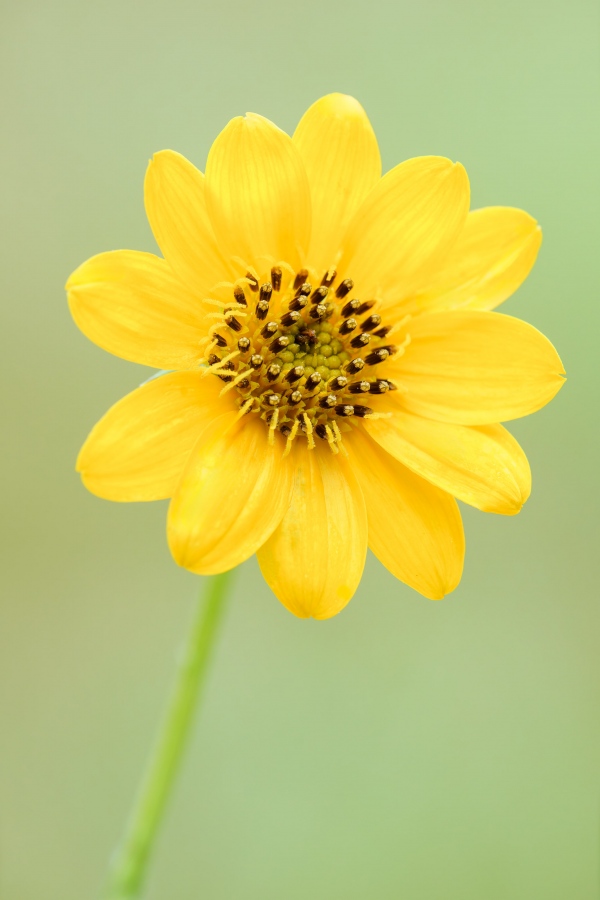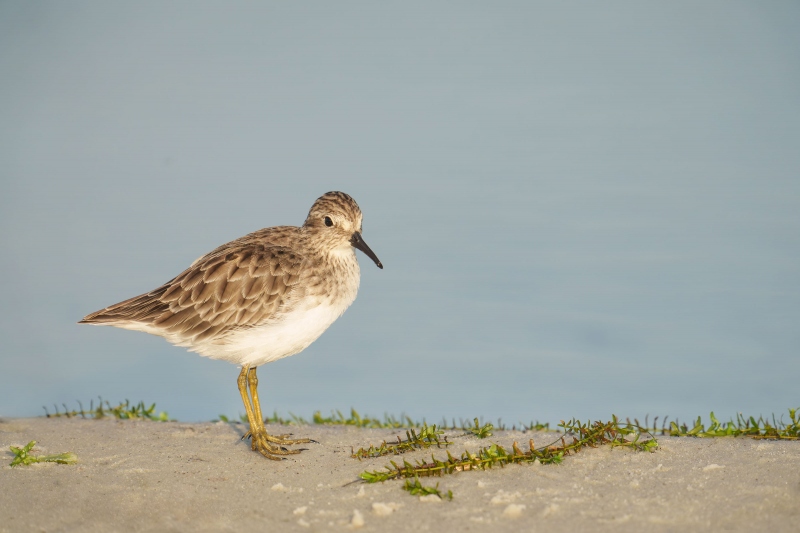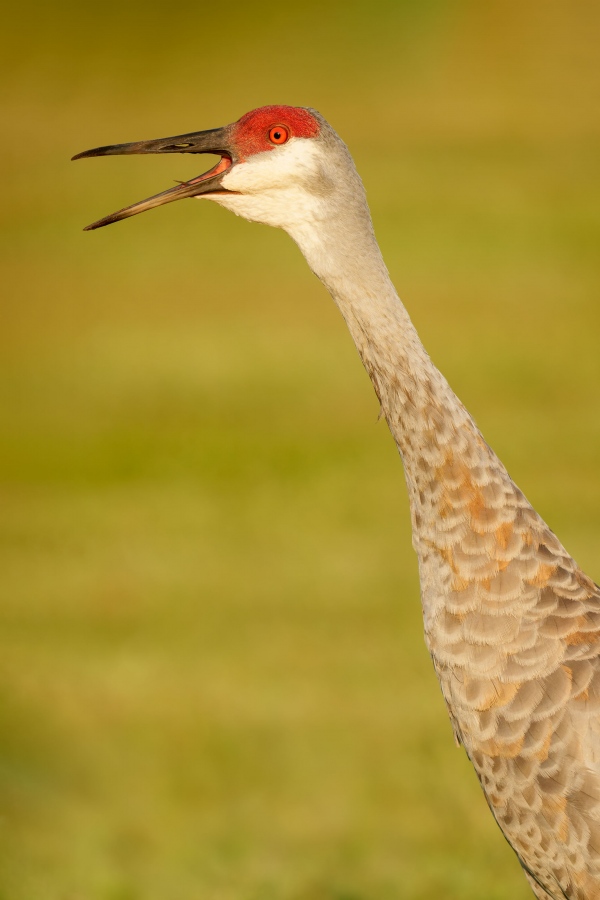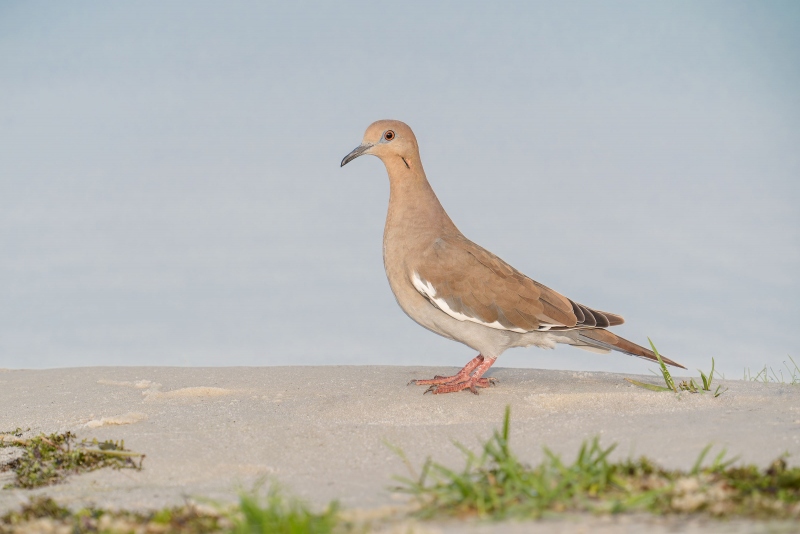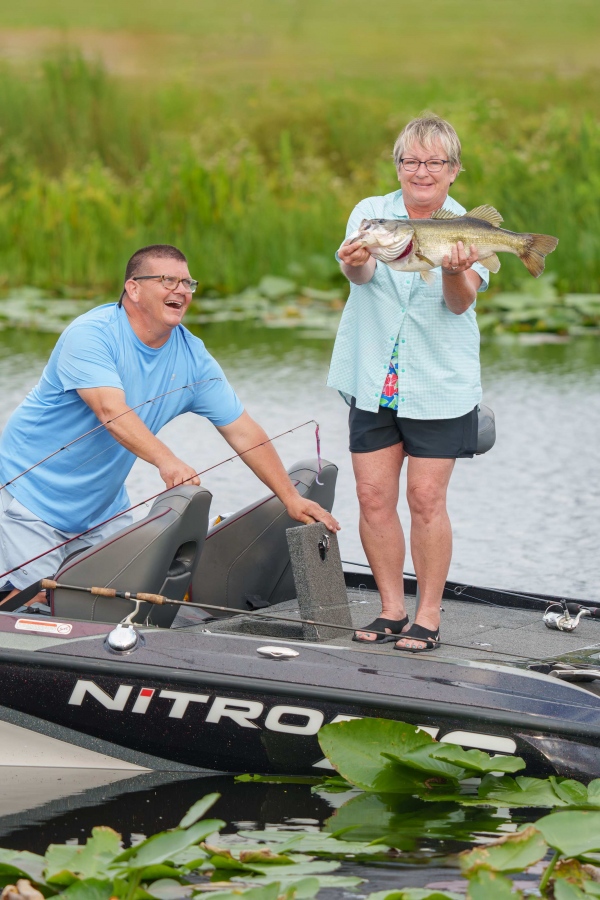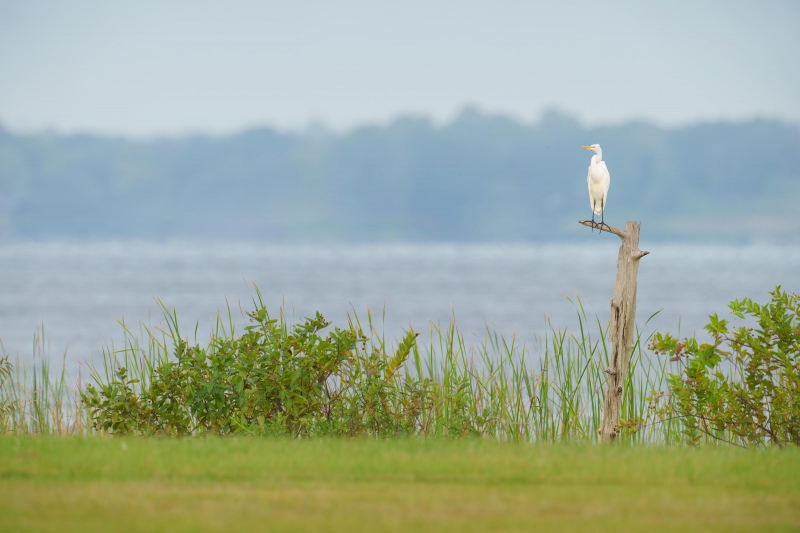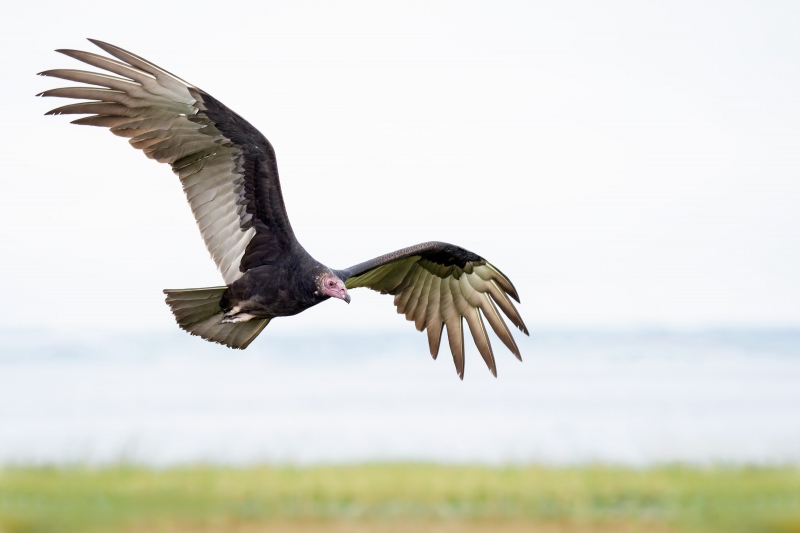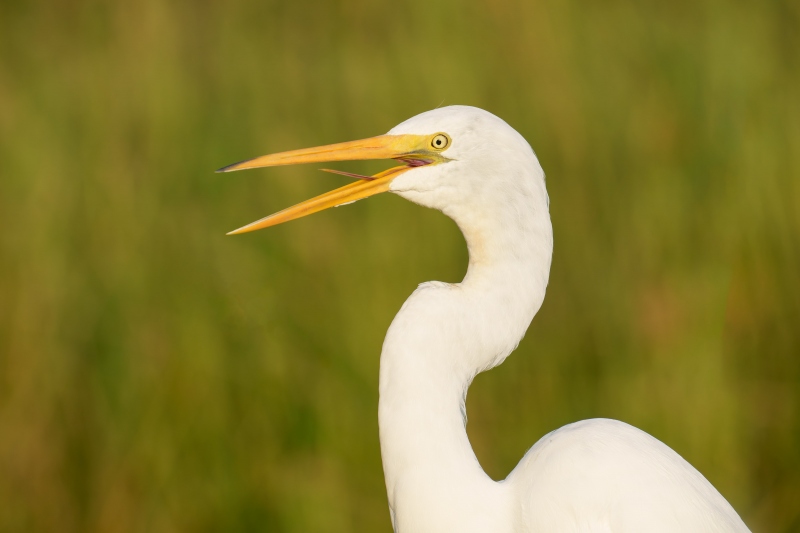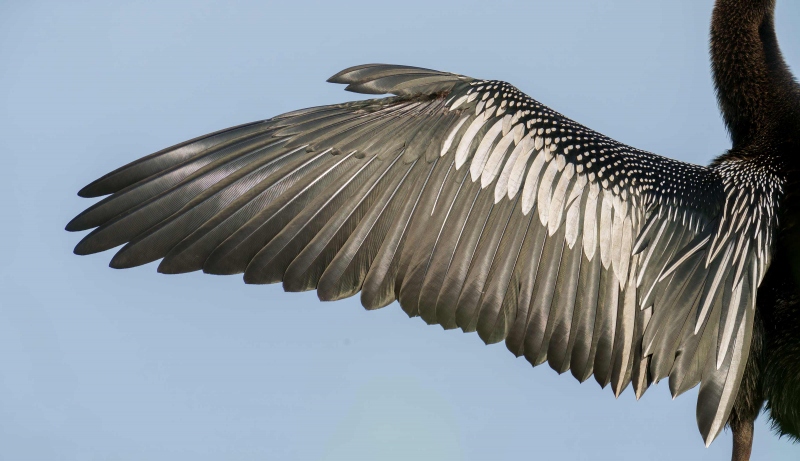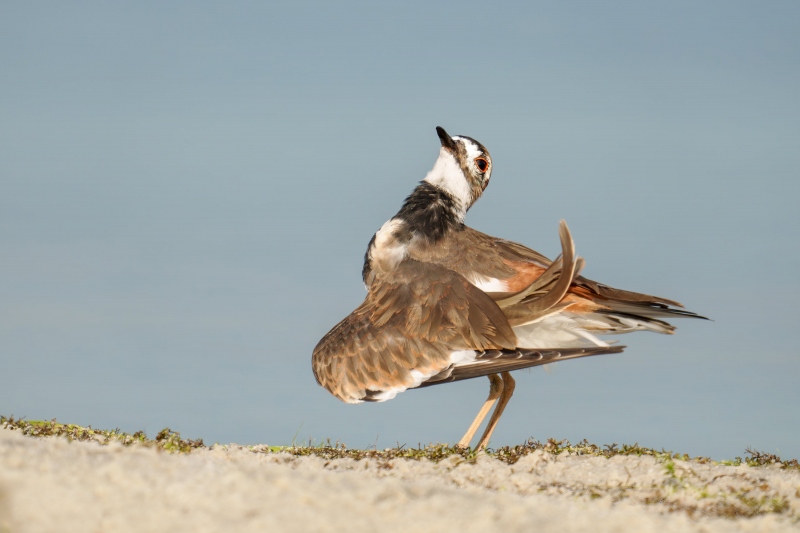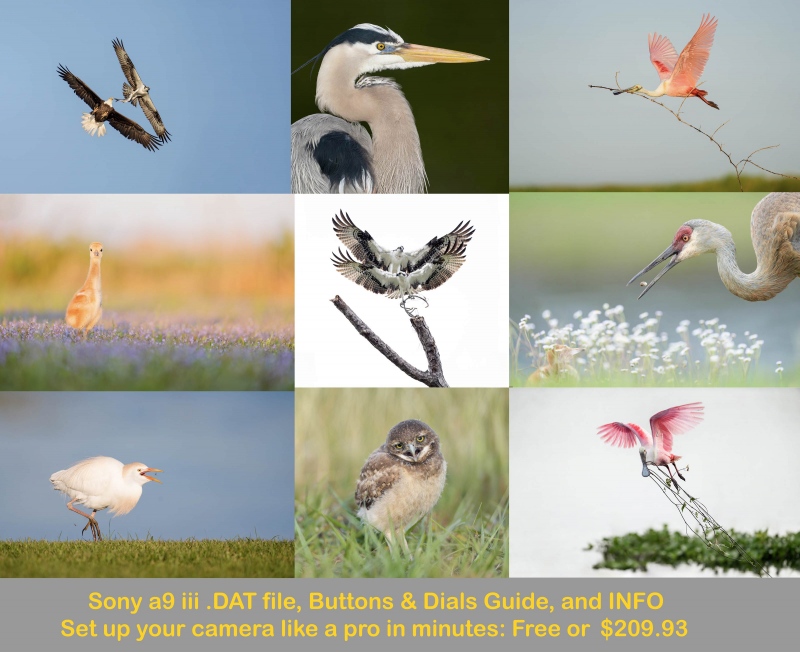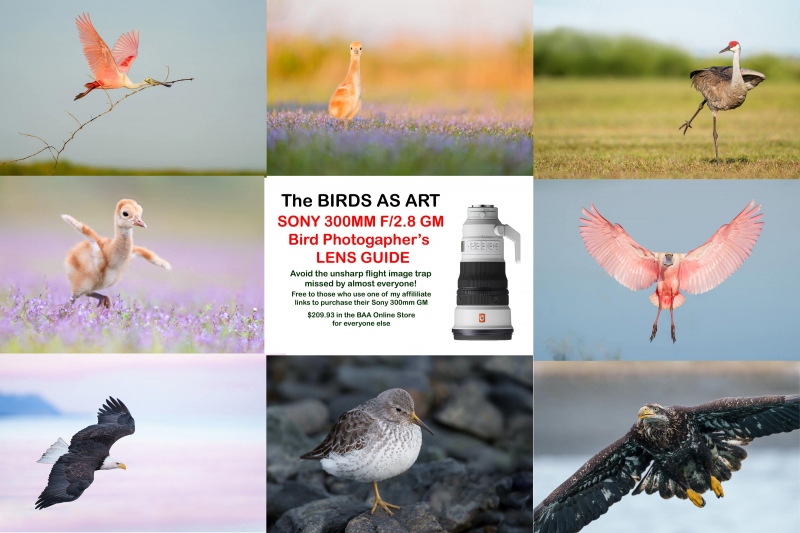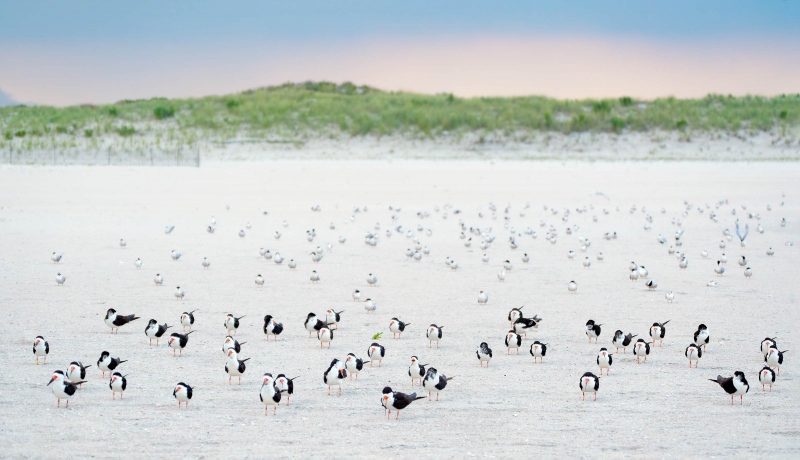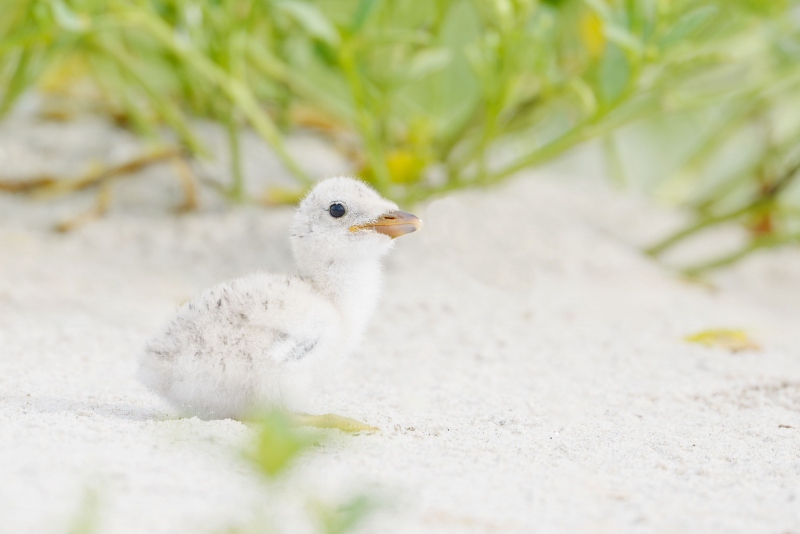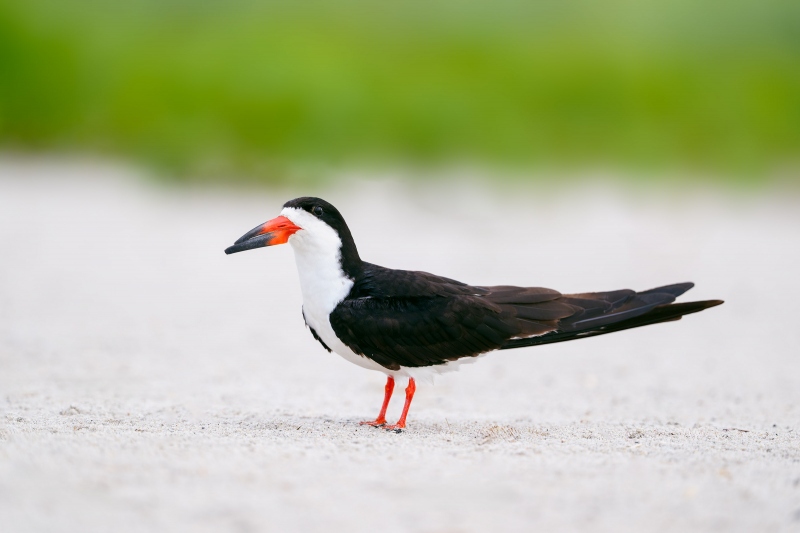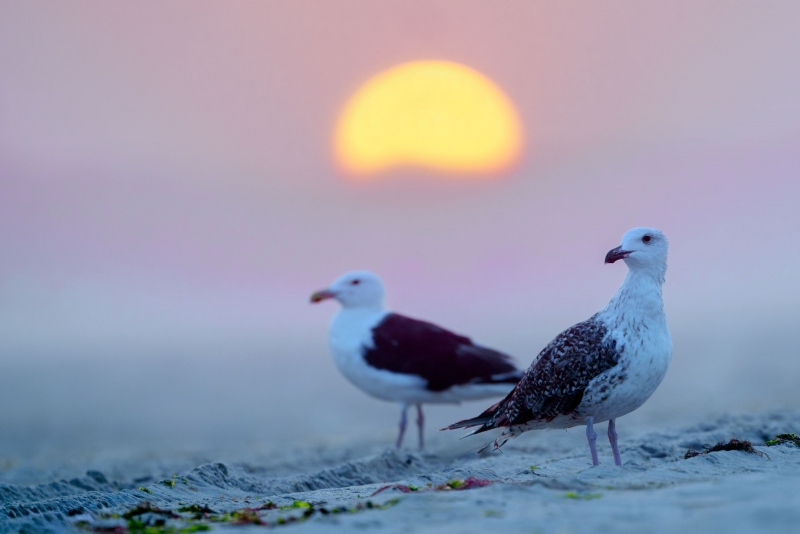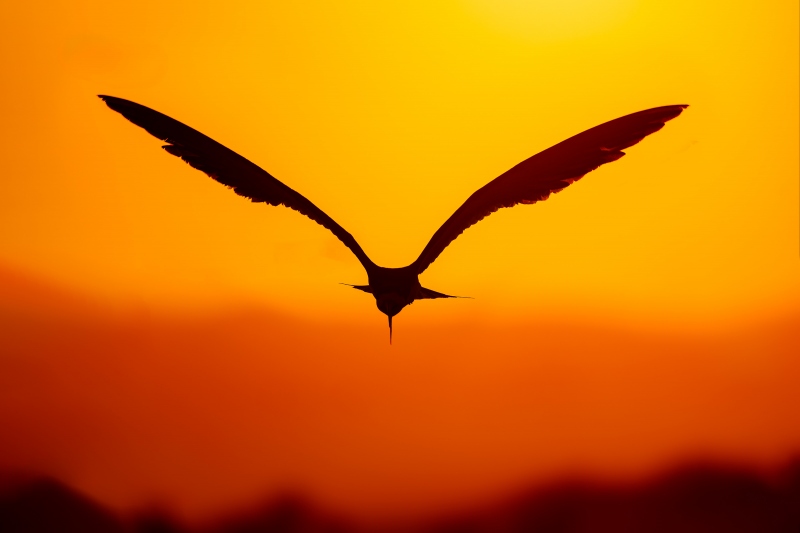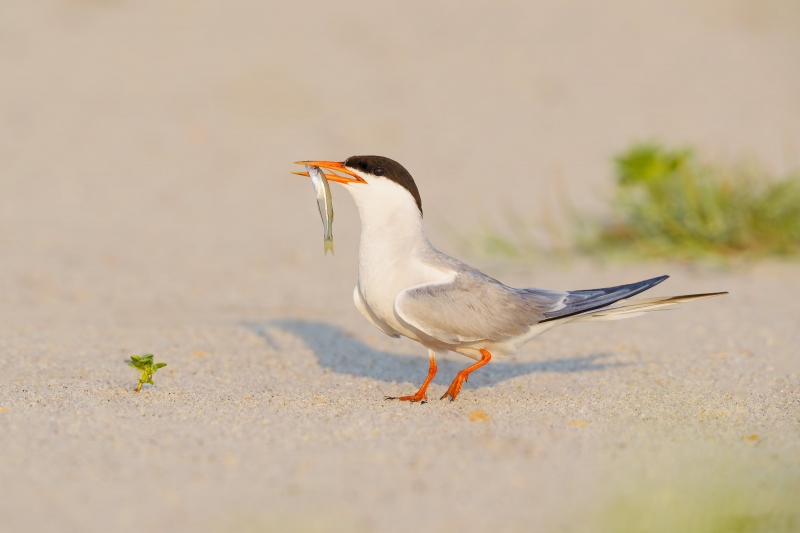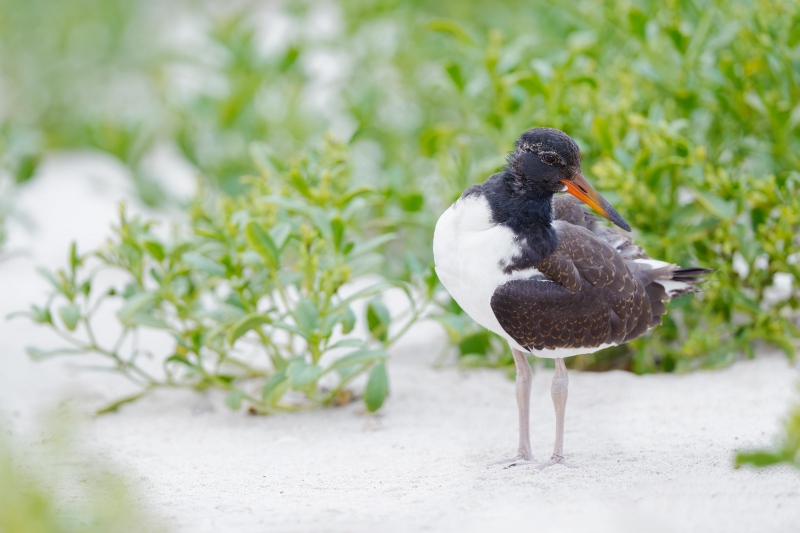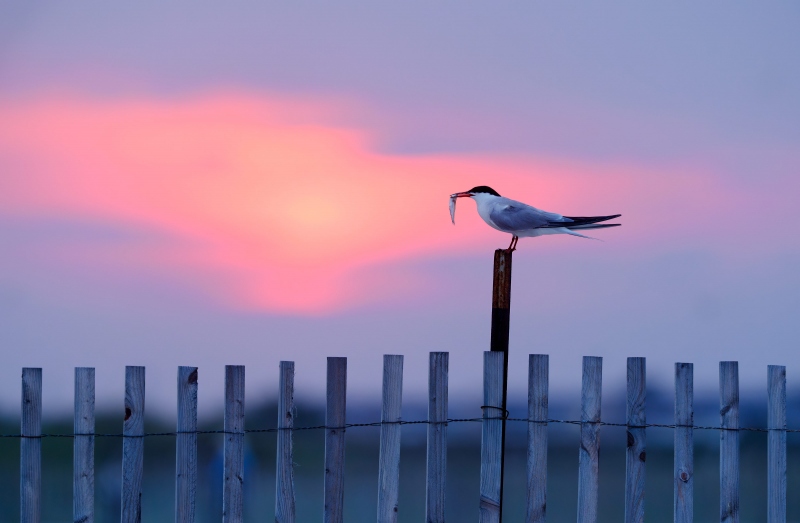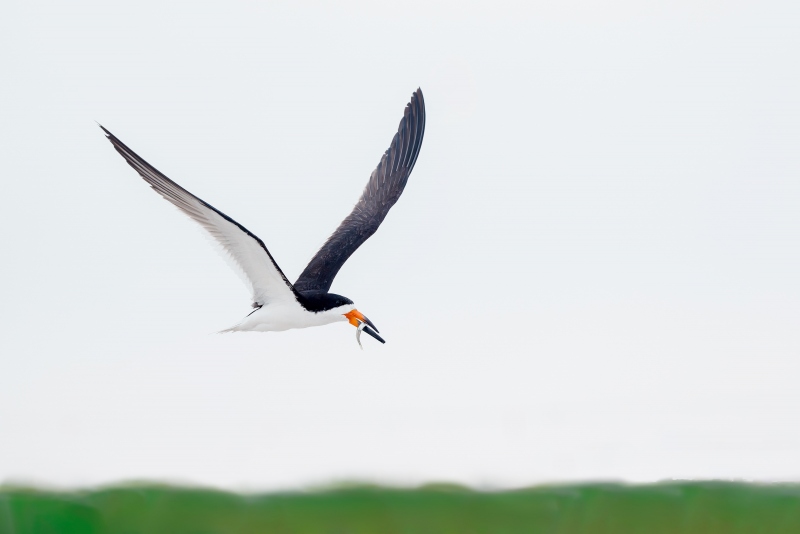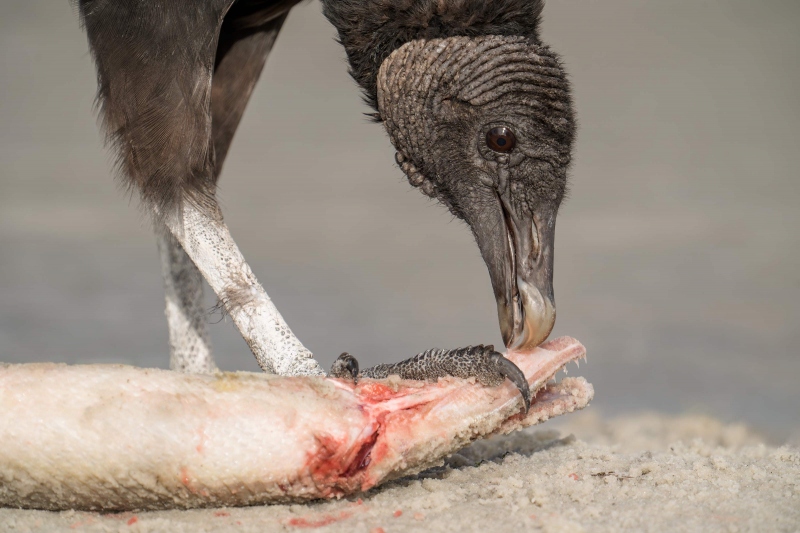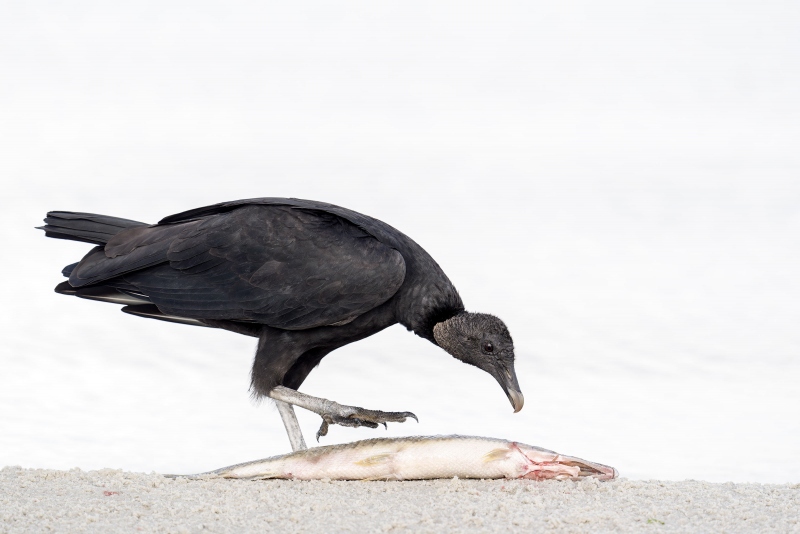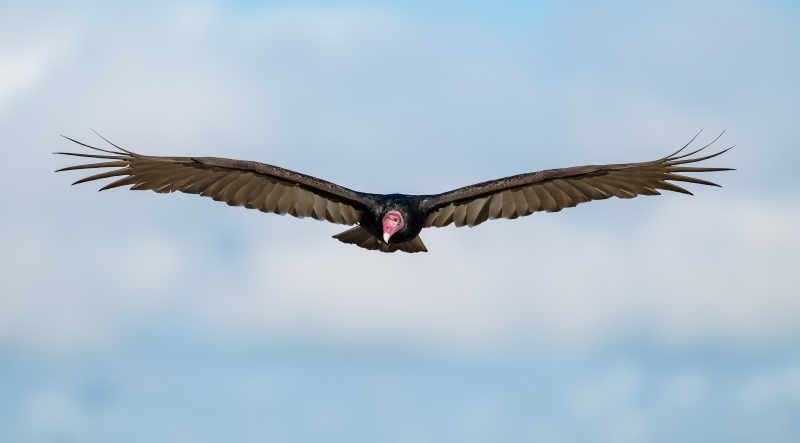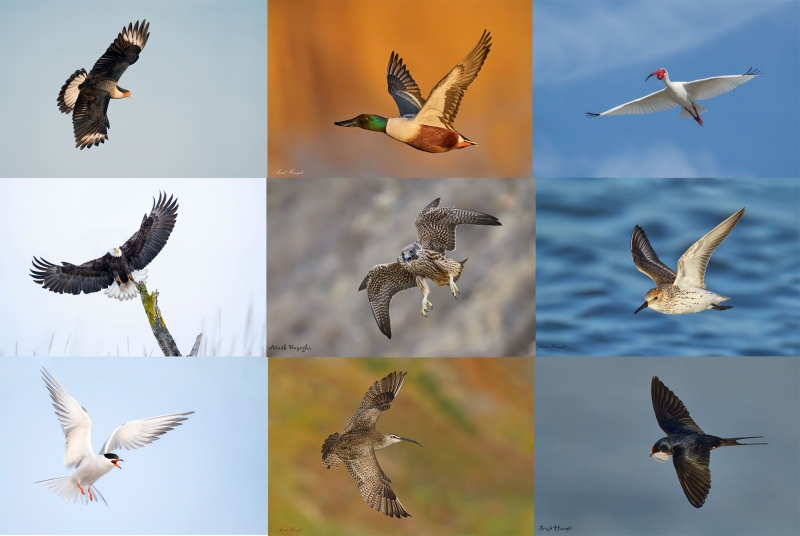Your Call?
Be so kind to leave a comment letting us know which three of today’s eleven featured images are your favorites and what you liked about each one.
My Call
Picking only three Pat Fishburne images from the Both 86- and 78-Year Olds Learn on an Extended IPT blog post here was indeed difficult. With some trepidation, here are my three favorites (in no particular order) along with the reasons I liked each of them:
Image #1, the skimmer/tern-scape because I loved the soft light and the way the birds were lined up and spaced.
Image #5, the skimmer orange sunrise flight image because of the sharpness, the spectacular color, and because Pat followed directions carefully and then made her own great image.
Image #6, the adult Common Tern with spearing image because hers was much better than my best despite the fact that I was sitting right next to her!
What’s Up?
If you live in a spot that offers excellent bird photography from October through June, what is the best plan if you’d like to make some excellent images when it is usually hot and humid?
Head out anyway! You cannot make any images sitting in your living room. As I have been since getting back from Long Island, you just might be pleasantly surprised by a variety of cooperative subjects and good situations.
Today is Wednesday 18 September 2024. (Fall starts on Sunday). I headed down to the lake early today on a still morning with the first clear sunrise in the last three weeks. It was amazing to the tune of 1881 as yet un-edited images. I enjoyed still blue water, several ridiculously cooperative Killdeer, a handsome Mottled Duck, and my first good chance in months with a Black-bellied Whistling Duck. I created about 700 Killdeer images but after an hour, I made one really special one. I finished my morning off by working the dependable Black and Turkey Vultures. There are more juvenile TVs than I have ever seen before.
Anywho, whatever you are doing, I hope that you too choose to have fun and to enjoy life.
Please remember to use the B&H links that are found on most blog pages and to use the BIRDSASART discount code at checkout when purchasing your new gear from Bedfords to get 3% back on your credit card and enjoy free second-day air FedEx. Please, also, consider joining a BAA IPT. You will be amazed at how much you will learn!
If an item — a Delkin flash card, or a tripod head — for example, that is available from B&H and/or Bedfords, is also available in the BAA Online Store, it would be great, and greatly appreciated, if you would opt to purchase from us. We will match any price. Please remember also to use my B&H affiliate links or to earn 3% cash back at Bedfords by using the BIRDSASART discount code at checkout for your major gear purchases. Doing either often earns you free guides and/or discounts. And always earns my great appreciation.
Supporting My Efforts Here
If you enjoy and learn from the blog, are all set for gear, or live overseas, consider leaving a Thank You gift here.
If you enjoy and learn from the blog, please consider using one of my affiliate links when purchasing new gear. It will never cost you a single penny. To support my effort here, please order from B&H by beginning your search here. Or, click here, to order from Bedfords and enter the discount code BIRDSASART at checkout to receive 3% cash back to your credit card and enjoy free Second-Day Air Fed-Ex shipping. It is always best to write for advice via e-mail.
In many cases, I can help you save some serious dollars. And/or prevent you from purchasing the wrong gear.
|
|
|
This image was created on the morning of 12 September 2024 in my front yard. I used the Robus RC-5558 Vantage Series 3 Carbon Fiber Tripod/Levered-Clamp FlexShooter Pro-mounted Canon EF 180mm f/3.5L Macro USM lens with the Metabones Canon EF/EF-S Lens to Sony E Mount T Smart Adapter (Fifth Generation) and The One, the Sony a1 Mirrorless Camera body. ISO 2000. The exposure was determined using Zebra technology with ISO on the thumb dial: 1/125 second at f/8 (stopped down two 2/3 stops) in Manual Mode. Shade WB at 9:09:00am in the shade on a cloudy morning. Manual focus with (RED) focus peaking. Click on the image to enjoy a larger version. Image #1: Daisy blossom, possibly Englemann’s –picked and Plamped. Thanks to David Policansky for the ID correction. |
White Balance Flower Tip
Though you can always change the White Balance after the fact when shooting RAW, I find it best to change the WB to cloudy when photographing flowers on cloudy morning or in the shade. I find it hard to explain why, other than to say that seeing accurate yellows while you are working puts my creative mind at ease.
Why the Canon 180mm Macro Lens?
Over the past few years, you have seen more than a few really fine images made with the rig that I used to create today’s two featured images. I love long focal lengths with their narrow angles of view and sweet backgrounds; the no-longer available Canon 180mm Macro lens is the longest macro lens around. Shoot me an e-mail if you’d like me to help you find a used copy.
|
|
|
This image was created on the afternoon of 12 September 2024 from the end of the pier at ILE. ISO 64: 1/11236 sec. at f/1.8 iPhone 15+ pano) Image #2: Cloud/lake pano with the iPhone 15+ |
Why Cell Phone?
Whenever I am out photographing, I have my iPhone 15+ with me (unless I forgot to bring it). It kills as a wide angle lens, and the ability to create powerful panos is simply astounding. I always take my phone along when I take a sun walk. On Thursday afternoon past, it was hot and hazy and the cloud formations were pretty darned neat.
What can I say? I love photography in any way, shape or form.
|
|
|
This image was created on 13 September 2024. Working from the front seat of my SUV I used the BLUBB-supported Sony FE 600mm f/4 GM OSS lens, the Sony FE 2.0x Teleconverter, and The One, the Sony Alpha 1 Mirrorless Digital Camera). The exposure was determined via Zebra technology with ISO on the thumb dial. ISO 2000. 1/2000 sec. at f/8 (wide open) in Manual mode. When evaluated in RawDigger, the raw file brightness was determined to be perfect. AWB at 8:20:25am on a then faintly sunny morning. Tracking: Expand Spot S/AF-C with Bird-Eye/Face Detection performed perfectly. Be sure to click on the image to enjoy a high-res version. Image #3: Least Sandpiper adult in basic (winter) plumage |
Sandpiper Aging and ID
You can tell that this is a Least Sandpiper by its yellow legs and its pointed, fine-tipped, slightly decurved bill. The gray feathers of the upperparts (with no orange or rufous tinges) make this bird an adult in basic plumage. I did get to photograph some juvenile and worn juvenile plumage Least Sandpipers for the first time at ILE this September.
Want to learn more as the shorebirds are moving south across North America (and Europe and Asia as well)? Get yourself a copy of my Shorebirds, Beautiful Beachcombers.
|
|
|
This image was created on 13 September 2024. Working from the front seat of my SUV I used the hand held Sony FE 200-600mm f/5.6-6.3 G OSS lens (at 500mm) and The One, the Sony Alpha 1 Mirrorless digital camera. ) The exposure was determined using Zebra technology with ISO on the Thumb Dial. ISO 1600. 1/1600 second at f/7.1 (stopped down 1/3-stop) in Manual Mode. AWB at 8:02:11am on a sunny morning. RawDigger showed the exposure to be dead solid perfect. Tracking: (upper) Zone/AF-C with Bird Face/Eye Detection performed perfectly. Be sure to click on the image to enjoy a high-res version. Image #4: Sandhill Crane adult calling |
The Forgotten Lens
Since I got my hands on the 300mm f/2.8, I had quit using the 200-600. I started using it again to test it with the a-1 Firmware Update 2.01. While doing so, I realized that there are many advantages of using a zoom lens that you lose when working with the 300mm f/2.8 with TCs. In addition, you can max out the 200-600 by adding the 1.4X TC if necessary. That puts you at 840mm. With the 300 and the 2X, you are stuck at 600mm as your longest focal length.
|
|
|
This image was created on 14 September 2024. Working from the front seat of my SUV I used the BLUBB-supported Sony FE 600mm f/4 GM OSS lens, the Sony FE 2.0x Teleconverter, and the ridiculously amazing Sony a9 III Mirrorless Camera. The exposure was determined via Zebra technology with ISO on the thumb dial. ISO 1250. 1/800 sec. at f/9 (stopped down 1/3-stop) in Manual mode. When evaluated in RawDigger, the raw file brightness was determined to be perfect. AWB at 8:13:19am on a cloudy bright morning. Tracking: Expand Spot S/AF-C with Bird-Eye/Face Detection performed perfectly. Be sure to click on the image to enjoy a high-res version. Image #5: White-winged Dove on sand beach! |
Beach Surprise
I was shocked to see a White-winged Dove on the sand beach to the left of the pier pretending it was a shorebird. I have had as many as a dozen at one time at my backyard feeder that is not set up for photography. Though the blue lores are brighter in the spring, I was quite happy with this image.
|
|
|
This image was created on 15 September 2024. Standing by the edge of the canal, I used the hand held Sony FE 200-600mm f/5.6-6.3 G OSS lens (at 341mm) and The One, the Sony Alpha 1 Mirrorless digital camera. ) The exposure was determined using Zebra technology with ISO on the Thumb Dial. ISO 1600. 1/1600 second at f/7.1 (stopped down 1/3-stop) in Manual Mode. AWB at 8:02:11am on a sunny morning. RawDigger showed the exposure to be dead solid perfect. Tracking: Expand Spot/AF-C with Bird Face/Eye Detection performed just well enough. Be sure to click on the image to enjoy a high-res version. Image #6: Lynn and Chad Holleman with a 10lb. 10oz. Largemouth Bass! |
Bird-Eye AF?
Bird-eye struggled a bit with acquiring focus with this happy couple image. Why not switch to Human-eye? I recently took “Fave/Eye Subject” off a custom button and added it to My Menu. Why? Too many folks including me were hitting the custom button accidentally. A-1 Group members will be hearing a lot more from me soon.
|
|
|
This image was created on 15 September 2024. Working from the front seat of my SUV I used the BLUBB-supported Sony FE 600mm f/4 GM OSS lens, the Sony FE 2.0x Teleconverter, and The One, the Sony Alpha 1 Mirrorless Digital Camera). The exposure was determined via Zebra technology with ISO on the thumb dial. ISO 1250. 1/500 sec. at f/9 (stopped down 1/3-stop) in Manual mode. When evaluated in RawDigger, the raw file brightness was determined to be perfect. AWB at 8:27:10am on a cloudy morning. Tracking: (upper right) Zone/AF-C with Bird-Eye/Face Detection performed perfectly. Be sure to click on the image to enjoy a high-res version. Image #7: Great Egret juvenile on The Perch |
Wickedly Ridiculous
Reluctant to drive on the wet fields in fear of getting stuck, I decided to create a bird-scape at 1200mm with my car parked on Palmetto Drive. My best estimate of the distance to the bird is about 200 yards. The Sony Focus Distance EXIF is totally screwed up once a teleconverter is added. For this image it shows that I was 764.2 meters (2507 feet)! Not. 200 yards is quite impressive. Nearly 1/2 mile is ridiculous.
|
|
|
This image was created on 15 September 2024. Standing on the sand beach left of the pier, I used the hand held Sony FE 200-600mm f/5.6-6.3 G OSS lens (at 303mm) and The One, the Sony Alpha 1 Mirrorless digital camera. ) The exposure was determined using Zebra technology with ISO on the Thumb Dial. ISO 5000. 1/2500 second at f/6.3 (wide open) in Manual Mode. AWB at 8:53:30am on a cloudy morning. RawDigger showed the exposure to be dead solid perfect. Tracking: Expand Spot/AF-C with Bird Face/Eye Detection performed just well enough. Be sure to click on the image to enjoy a high-res version. Image #8: Turkey Vulture — juvenile in flight |
Zooming Out for Flight
For this image, zooming out to 303mm saved the day. I rarely use the 300mm f/2.8 alone for flight photography as I almost always add the 1.4X TC to get to 420mm at f/4. Sony a-1 AF performed perfectly on this young Turkey Vulture in flight just to the left of the pier.
|
|
|
This image was created on 16 September 2024. Working from the front seat of my SUV I used the BLUBB-supported Sony FE 600mm f/4 GM OSS lens, the Sony FE 2.0x Teleconverter, and The One, the Sony Alpha 1 Mirrorless Digital Camera). The exposure was determined via Zebra technology with ISO on the thumb dial. ISO 1000. 1/1250 sec. at f/9 (stopped down 1/3-stop) in Manual mode. When evaluated in RawDigger, the raw file brightness was determined to be perfect. AWB at 8:09:22am on a sunny morning. Tracking: Expand Spot S/AF-C with Bird-Eye/Face Detection performed perfectly. Be sure to click on the image to enjoy a high-res version. Image #9: Great Egret juvenile with bill open |
Determination Pays Off Nicely
I had decent chances on several young Great Egrets on Monday morning past. Despite several failed attempts, I kept trying. I got on this one on the grassy field to the right (north) of the pier and shot a long series. The first image I created was the winner. Don’t be a quitter!
|
|
|
This image was created on 17 September 2024. Working from the front seat of my SUV I used the BLUBB-supported Sony FE 600mm f/4 GM OSS lens, the Sony FE 2.0x Teleconverter, and The One, the Sony Alpha 1 Mirrorless Digital Camera). The exposure was determined via Zebra technology with ISO on the thumb dial. ISO 1600. 1/640sec. at f/11 (stopped down one full stop) in Manual mode. When evaluated in RawDigger, the raw file brightness was determined to be perfect. AWB at 8:44:37am on a partly sunny morning. Tracking: Expand Spot S/AF-C with Bird-Eye/Face Detection performed perfectly. Be sure to click on the image to enjoy a high-res version. Image #10: Stretched wing of Anhinga |
Winging It!
I’ve tried for this shot on numerous occasions including several times recently. Tuesday morning’s effort was the best of the lot. Did I reduce the yellow too much?
Note that I went to f/11 in an attempt to cover the depth of field of the slightly curved wing. How did I do?
|
|
|
This image was created on 17 September 2024. Working from the front seat of my SUV I used the BLUBB-supported Sony FE 600mm f/4 GM OSS lens, the Sony FE 2.0x Teleconverter, and The One, the Sony Alpha 1 Mirrorless Digital Camera). The exposure was determined via Zebra technology with ISO on the thumb dial. ISO 1600. 1/200 sec. at f/8 (wide open) in Manual mode. When evaluated in RawDigger, the raw file brightness was determined to be perfect. AWB at 8:53:03am on a partly sunny morning. Tracking: Expand Spot S/AF-C with Bird-Eye/Face Detection performed perfectly. Be sure to click on the image to enjoy a high-res version. Image #11: Killdeer adult — preening pose |
Always Learning
Though passable, this image was not quite as sharp as I have come to expect at 1200mm. So, before I headed out this morning, I took a bottle of LensClens and an old t-shirt with me as I headed out. I stopped in the driveway to clean the contacts. That did the trick. Everything I shot this morning at 1200mm was spot-on with the crispy eye skins that I love.
Typos
With all blog posts, feel free to e-mail or to leave a comment regarding any typos or errors.

